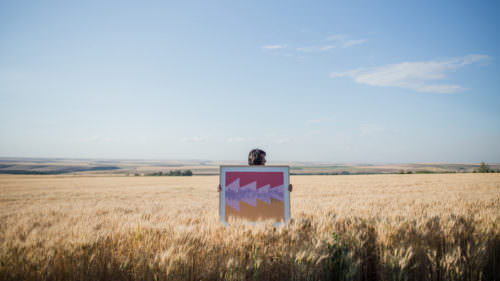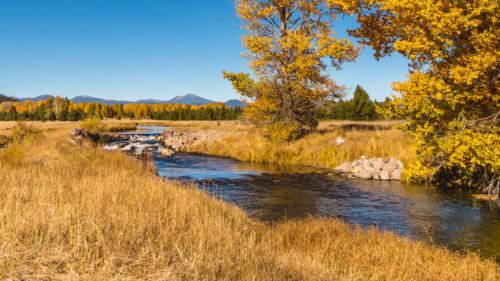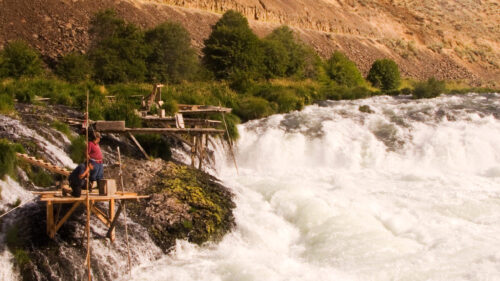Ever wondered about Oregon’s state animal, the proud mascot of our state’s largest university? The busy beaver has been so instrumental to the region’s growth and wealth that its image is part of the Oregon territorial seal, is emblazoned on the state flag and has been a mascot for various Oregon sports teams around the state.
Spend any time around a North American beaver and you’ll soon understand how this furry mammal earned its industrious reputation. Hardworking and highly efficient, gnawing through wood like a buzzsaw with those prominent front teeth, they deftly down trees to dam waterways and build lodges for protection from predators. So thorough is their dedication to the job that beavers have long been accused of damaging the environment.
Quite the opposite: Their engineering skills are actually critical to climate resilience. By damming rivers and chomping down vegetation that grows better with frequent pruning, as National Oceanic and Atmospheric Administration biologist Chris Jordan notes, they improve estuarial health.
Carl Scheeler, recently retired wildlife program manager for the Confederated Tribes of the Umatilla Indian Reservation, helps set the record straight. “Beaver are absolutely essential to a functioning river system,” he says. “They’re truly a keystone species that allows a healthy system to maintain itself naturally.”
When they build their dams, Scheeler explains, beavers slow down the movement of water in river systems, cooling and cleaning them. (Want to witness this fascinating activity? Pay a visit to Filbert, known as the “branch manager” at the Oregon Zoo.)
A healthy river meanders. It seeps down through the riverbed, dissipating heat and recharging aquifers. It captures and stores spring rains and snowmelt, forming pools and wetlands that filter out pollutants and trap nutrient-rich sediment. These areas provide habitat for native plants and animals, from amphibians to elk.
“It’s a really complex web,” adds Scheeler. “When you take a piece out of the system, it has a huge detrimental effect.”
Learning from the Beaver’s History
That’s pretty much what happened throughout the 18th and 19th centuries, as a young nation expanded west. The migrating and ever-growing population took its toll on rivers, which were diked, drained and straightened for crop land, pastures, roads and railroads.
Beavers fared even worse. Native to North America, the beaver was once common across the continent (estimates put their numbers as high as 400 million) and in what is now Oregon, where a wealth of streams and rivers provide perfect beaver habitat.
But the beaver’s dense and nearly waterproof fur became highly prized for coats and hats, fueling a lucrative fur trade. Fur-trapper routes forged what later became the Oregon Trail; John Jacob Astor’s Pacific Fur Company shipped tens of thousands of pelts to China and Europe from the port he established in Astoria. The beaver became a symbol of the prosperity of the region. (Want to know more? Check out real beaver pelts and more about the fur trade at Astoria’s Columbia River Maritime Museum and Lewis & Clark National Historic Park’s Fort Clatsop Visitor Center.)
Altering rivers and nearly wiping out beavers significantly reshaped the ecology of the West. Straightened waterways eroded banks and degraded water quality. Fertile river valleys became dry canyons. Wetlands disappeared, threatening Oregon’s iconic salmon and other tribal first foods.
In the 21st century, fortunately, beaver populations have bounced back to sustainable levels, thanks to the work of tribal, state and federal governments, land managers, and conservation groups doing important restoration projects. And working alongside them? You guessed it: the very busy beaver.
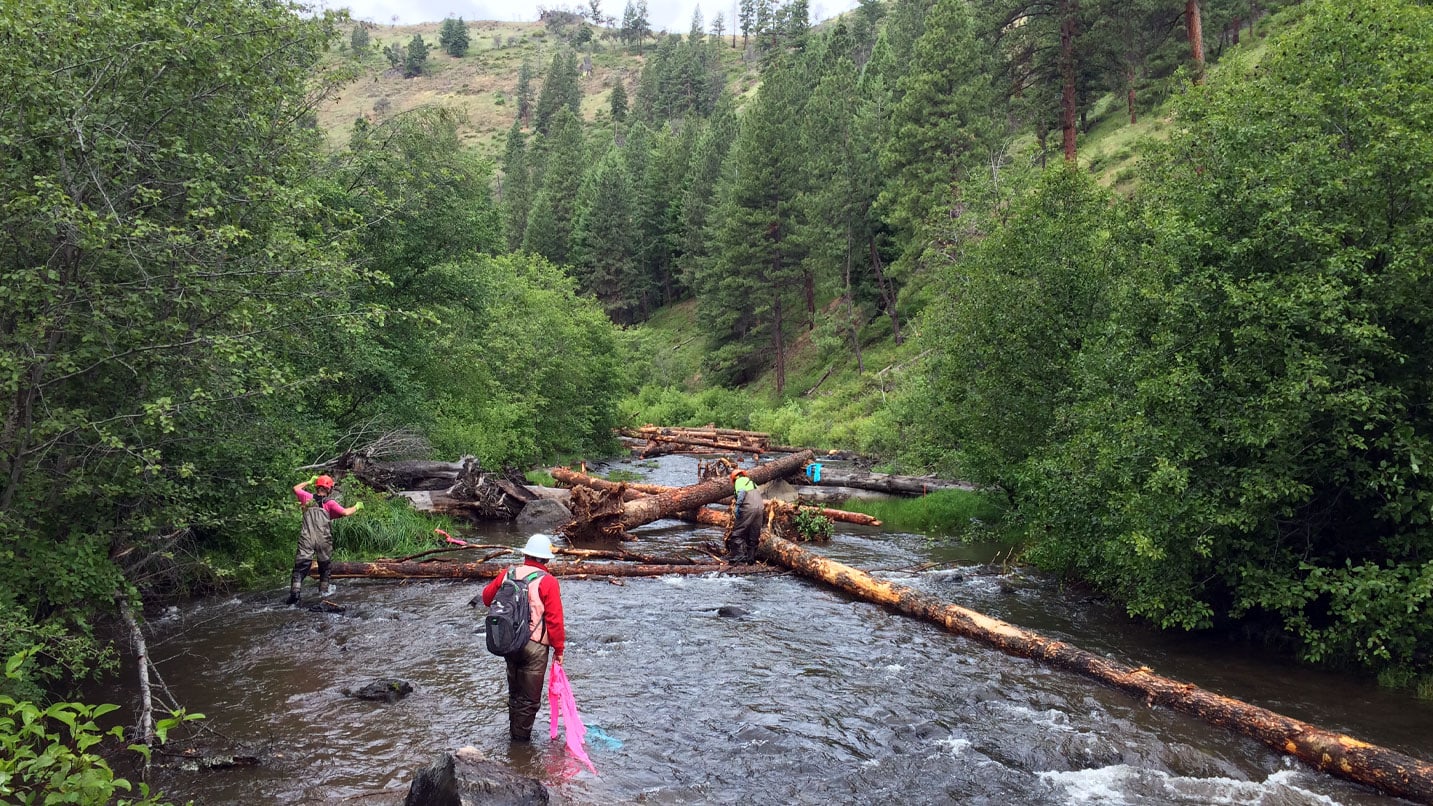
Restoring Floodplains With Curves and Piles
The Confederated Tribes of the Umatilla Indian Reservation has emerged as a national leader in river restoration as it restores ancestral tribal lands across Northeast Oregon. Layered into its conservation work is a tribal perspective, explains Scheeler, a “longer vision” for natural systems that support first foods and can perpetuate themselves for future generations.
The beaver fits right in. But you can’t just plop it into an altered landscape without trees for food and protection, and where water flows too fast for a dam to take hold. “First you need to reset the dials,” Scheeler says.
That’s what’s happening along the Grande Ronde River and its Bear Creek tributary west of La Grande. Excavation work on private land has reestablished a more natural winding route on a straightened waterway, strategically placed log piles and root balls to mimic more natural floodplain habitat, and added sedges and willows.
“Now the beaver can come in and do its thing,” remarks Scheeler.
The changes are even more dramatic at a more established restoration project 10 miles upstream, where two Grande Ronde tributaries braid and weave their way through a broad meadow. Twenty years ago, says Scheeler, “this was a hayfield with a ditch down the middle. Now look at it — see that sinuosity? There’s water on the entire floodplain here. It’s active, it’s alive. You can just see how productive it is.”
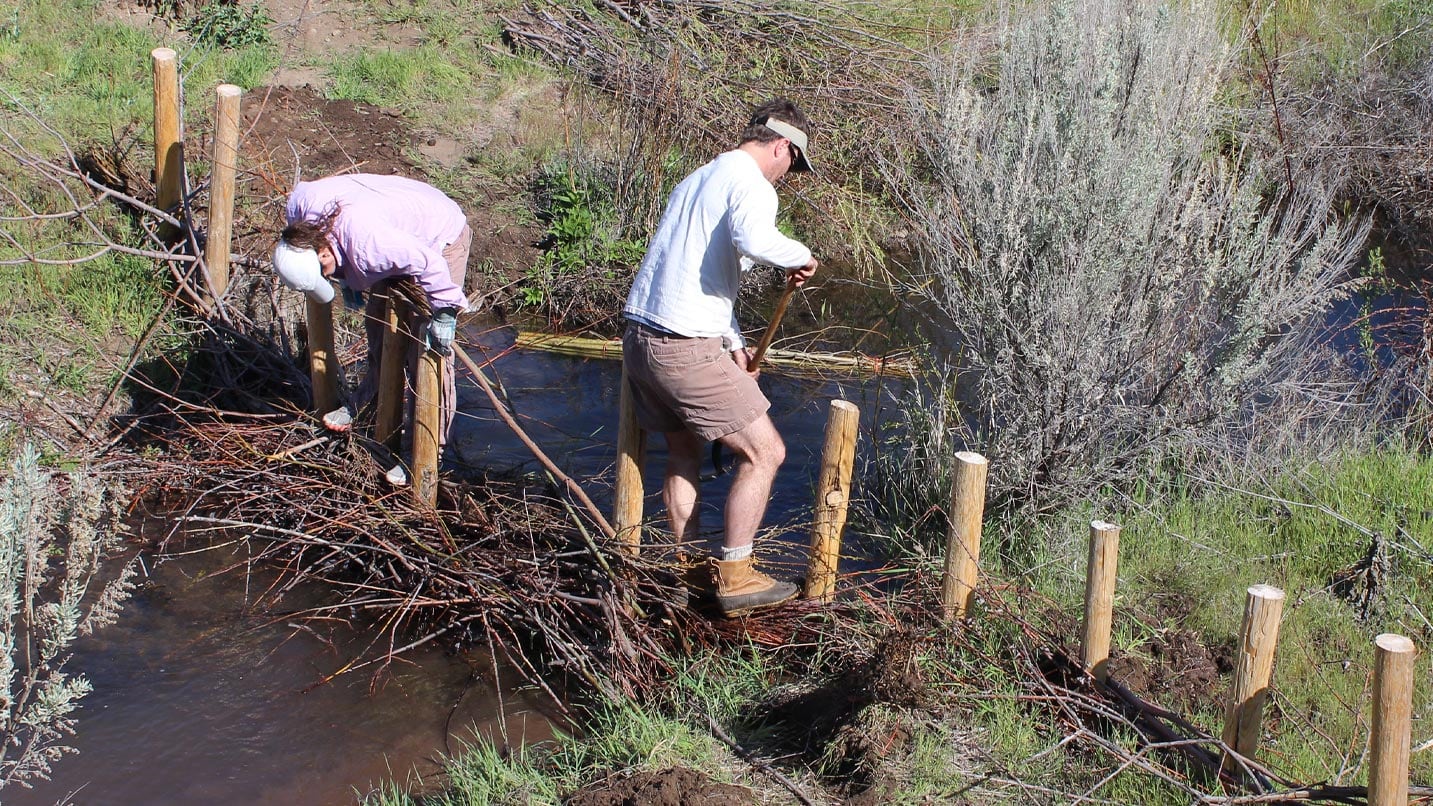
Beavers in the High Desert
Similar success stories are playing out in the John Day River Basin, where the Oregon Natural Desert Association (ONDA) manages restoration projects for the Confederated Tribes of Warm Springs on lands acquired by the tribes as mitigation for the John Day Dam.
At the Pine Creek and Bridge Creek restoration sites in Wheeler County, ONDA volunteers replanted native cottonwood and alder on heavily grazed river corridors. Next they installed wooden structures called beaver-dam analogs, which temporarily raise water levels to support the young vegetation and, hopefully, lure beavers back to build the real thing.
It may be surprising to imagine beavers among the chiseled buttes and rocky draws of Oregon’s high desert, and yet they once thrived there.
“To our generation, the norm is sagebrush and pine,” says Jefferson Jacobs, ONDA’s riparian restoration coordinator. “But all these flat shelves of cheatgrass along creeks used to be fertile and moist. Beaver meadows were all over the landscape.” White settlers write of area streams “thronged with beavers,” and of trapping thousands in a single river. In fact, the earliest record of beaver in North America dates back 7 million years to a pair of fossilized beaver teeth unearthed in Dayville. (Did you know you can see a model of a giant prehistoric beaver in Oregon at the Museum of Natural and Cultural History in Eugene?)
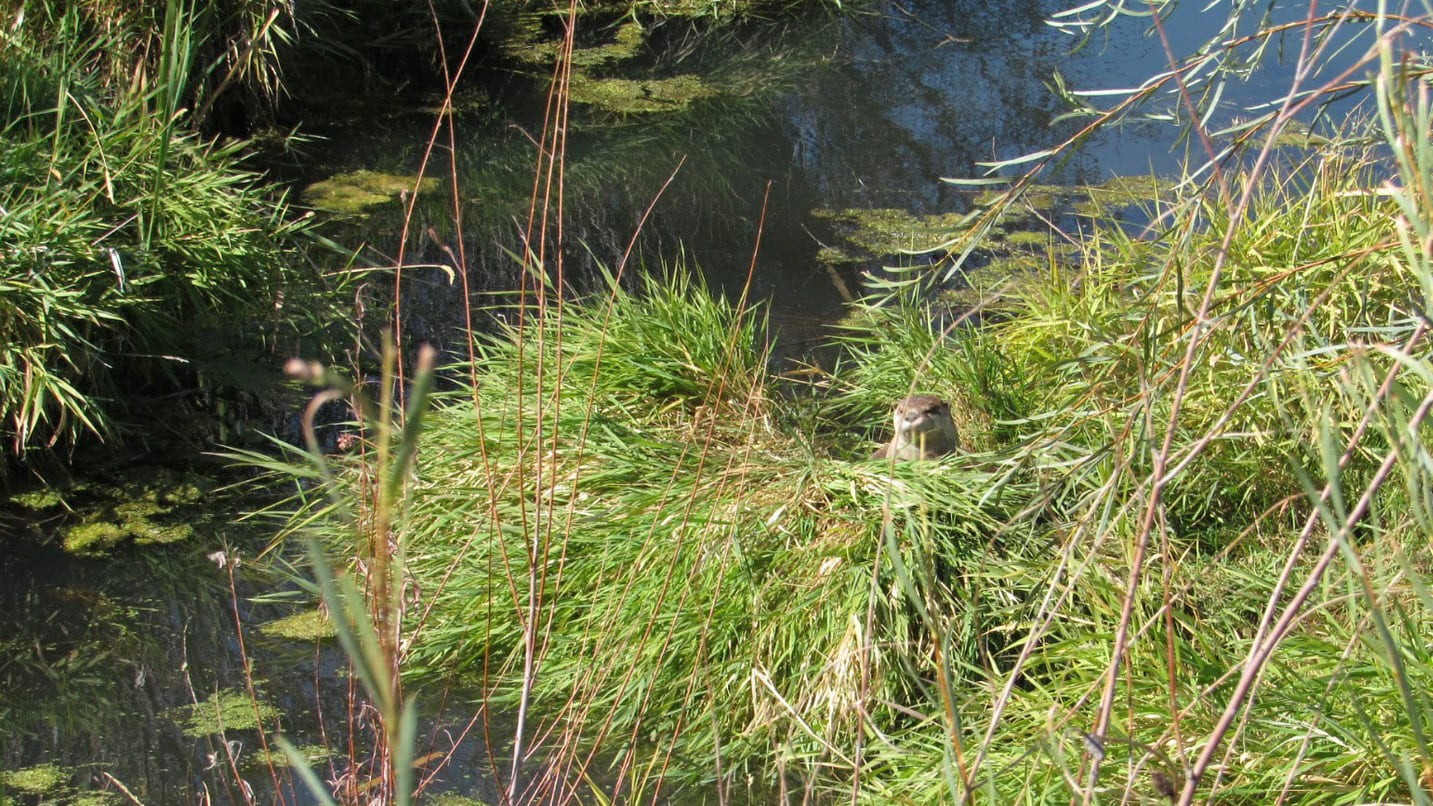
Hard at Work on the Environment Again
And sure enough, after the first year of restoration work on the John Day, beavers waddled right back in and rebuilt their own dams, altering the landscape. “We have stands of cottonwood and chokecherry, birds singing, otters catching fish —it’s a true oasis filled with life,” says Jacobs.
Beavers also play a key role in mitigating drought and wildfire, a continuing challenge for Oregon. Dr. Emily Fairfax points to beaver dams as a “low-tech, low-cost strategy to build climate resiliency at the landscape scale.” Beaver engineering holds water on an otherwise parched landscape, providing a firebreak, a refuge for wildlife and livestock, and in the event of a wildfire, a source of plant materials to recolonize and stabilize surrounding lands.
Oregon’s iconic beaver is happy to oblige — the accomplished architect, engineer and construction worker of wild and healthy waterways.
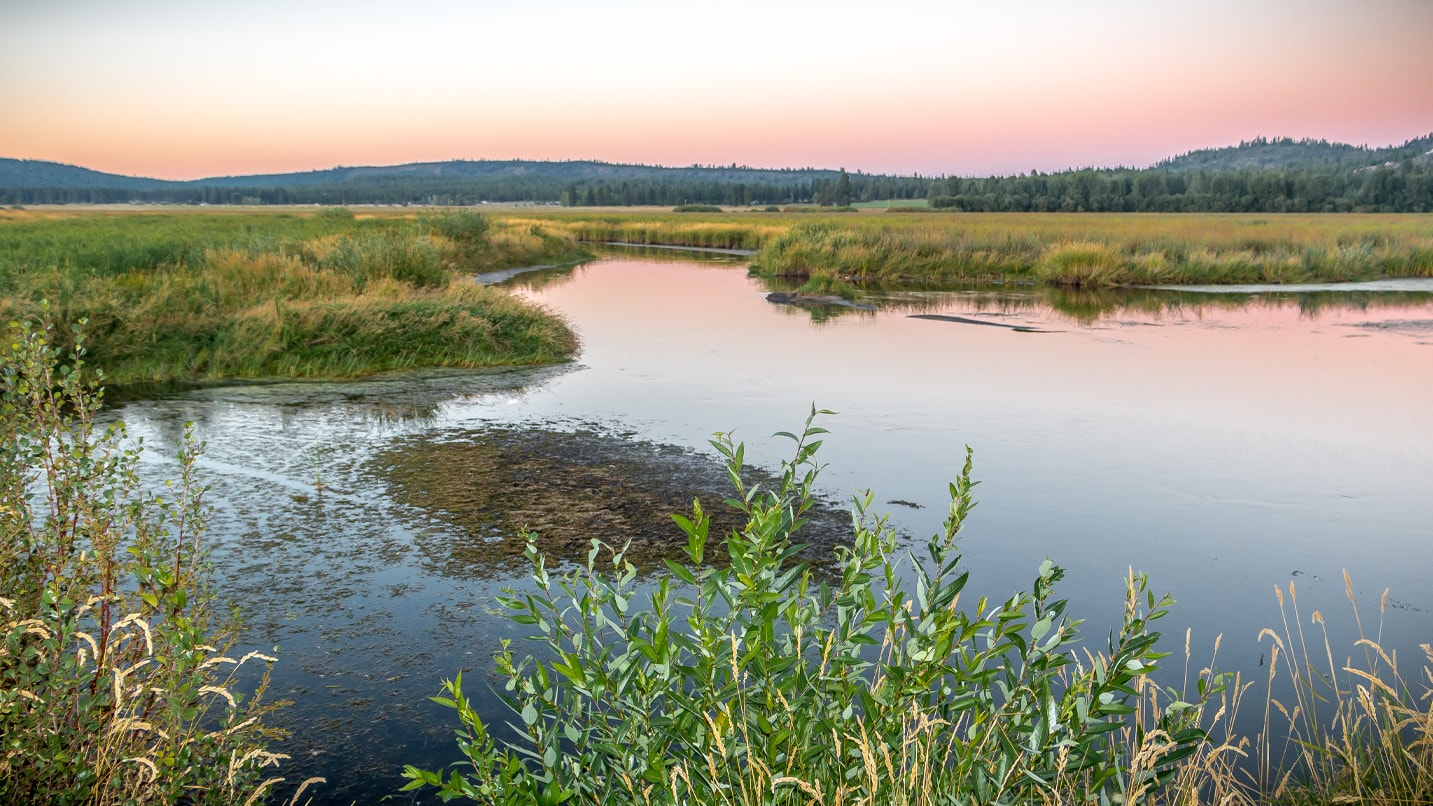
Wetlands to Explore in Oregon
These preserves offer a good look at the wet world of the beaver. Go at dawn or dusk to increase your odds of spotting the nocturnal beaver at work; be especially mindful of your impact in these fragile areas and ensure you stay on established paths. Or be like the beaver and help volunteer on estuary rebuilding projects that help keep rivers healthy.
- Deschutes River, Bend. Learn about river ecology on one-hour walks in the Old Mill District with Think Wild/Beaver Works.
- Malheur National Wildlife Refuge, Princeton. Beavers help maintain the cattail and tule wetlands that provide a vital water source in Southeast Oregon’s arid Harney Basin, a major migratory-bird stopover. Stop by refuge headquarters for a map of roads and trails.
- Tualatin River National Wildlife Refuge, Sherwood. On the western outskirts of Portland, this refuge preserves the broad floodplain of the Tualatin River. The seasonal trail open May through September gets closest to wetlands and wildlife.
- Wood River Wetland, Chiloquin. A half-mile accessible trail leads to a waterfowl-rich wetland on the north side of Agency Lake.
- South Slough National Estuarine Research Reserve, Charleston. Foot paths and paddling trails lead through an especially rich ecosystem where the freshwater rivers near Coos Bay meet the ocean.
- West Eugene Wetlands, Eugene. The paved Fern Ridge Path, popular for bike commuters and meandering walks, follows Amazon Creek through nearly 3,000 acres of creeks, ponds and wet prairie within the city limits.
